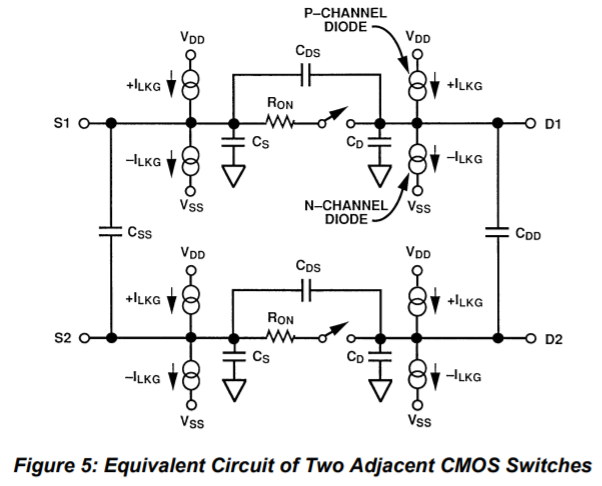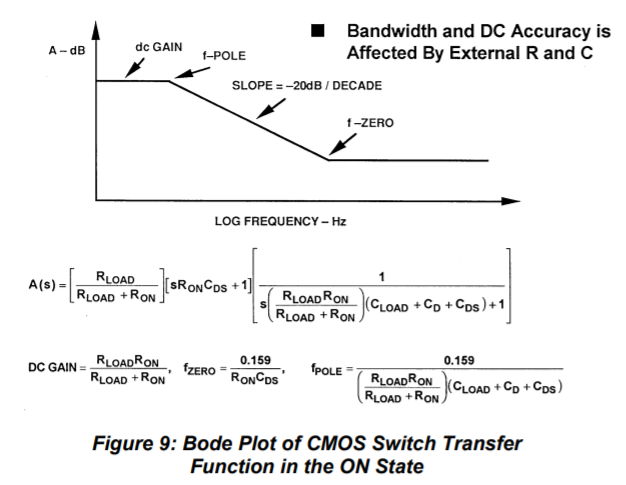Good afternoon. I am developing a computer model of the device, which includes an analog switch TS5A3153. In order to develop this model, you need the SPICE model of this switch. Can you provide this SPICE model?
-
Ask a related question
What is a related question?A related question is a question created from another question. When the related question is created, it will be automatically linked to the original question.



